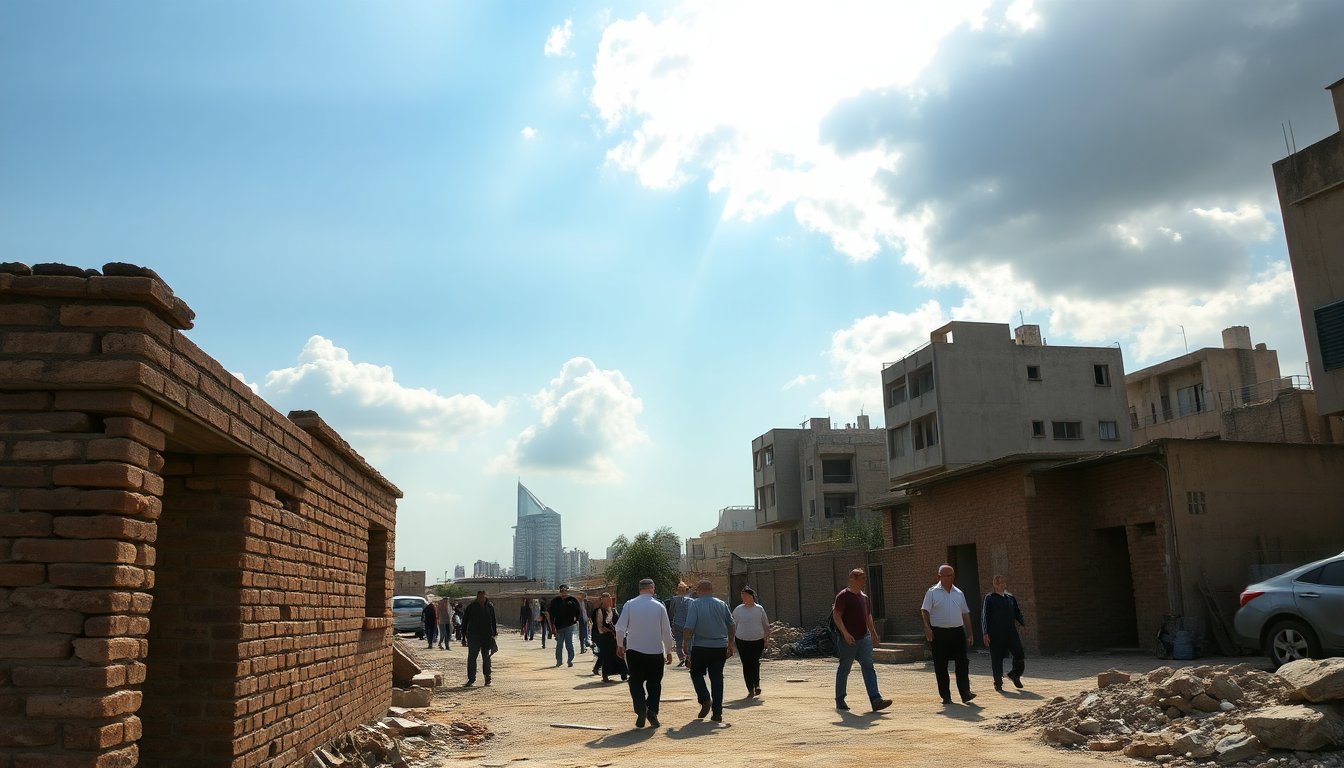Table of Contents
Recent statements from Israel and Hamas reveal a mutual willingness to enter peace negotiations. This development arises amid ongoing tensions and violence in the region, raising hopes for a potential resolution. However, the journey to peace remains complicated, particularly regarding the military presence in Gaza.
Current state of negotiations
Both factions recognize the necessity of dialogue as they seek opportunities to de-escalate the situation. These discussions are set against the backdrop of President Donald Trump’s peace plan, which aims to facilitate the release of all Israeli hostages currently held in Gaza.
While the plan has garnered some support from both sides, it also highlights significant differences in their respective approaches.
Hostage situation and peace plan
The issue of hostages remains a critical concern for Israel, with families anxiously awaiting the safe return of their loved ones.
President Trump’s proposed peace plan outlines steps aimed at achieving this goal, including negotiations intended to lead to a comprehensive agreement. However, the implementation of this plan continues to be a contentious topic between the two parties.
Challenges in military withdrawal
A significant hurdle in reaching a consensus centers on the disagreement over Israel’s military withdrawal from the Gaza Strip. Israel maintains that any withdrawal must be contingent upon guarantees of security and the cessation of hostilities from Hamas. Conversely, Hamas seeks assurances that the withdrawal will not result in a power vacuum that could be exploited.
Security concerns and future implications
The prospect of a military withdrawal raises significant concerns for both Israel and Hamas. Israel fears that reduced military presence could enable Hamas to strengthen its operations. On the other hand, Hamas is apprehensive that Israeli forces may maintain a form of occupation, undermining their authority in the region.
Both parties find themselves in a precarious situation, striving to protect their interests while also showing a willingness to engage in negotiations.
Public sentiment and international reaction
The international community is closely monitoring these developments and advocates for a peaceful resolution. Public sentiment in both Israel and Gaza is mixed, with many citizens expressing doubt about the possibility of genuine dialogue. The historical backdrop of failed negotiations and unfulfilled promises significantly impacts the public’s hope for lasting peace.
As discussions continue, it is essential for both leaders to confront the underlying issues that have driven the conflict. Establishing trust among the involved parties and their communities is vital for the success of any peace initiative. The path forward is complex and demanding, yet the aspiration for peace, despite its challenges, remains a source of hope for many.





